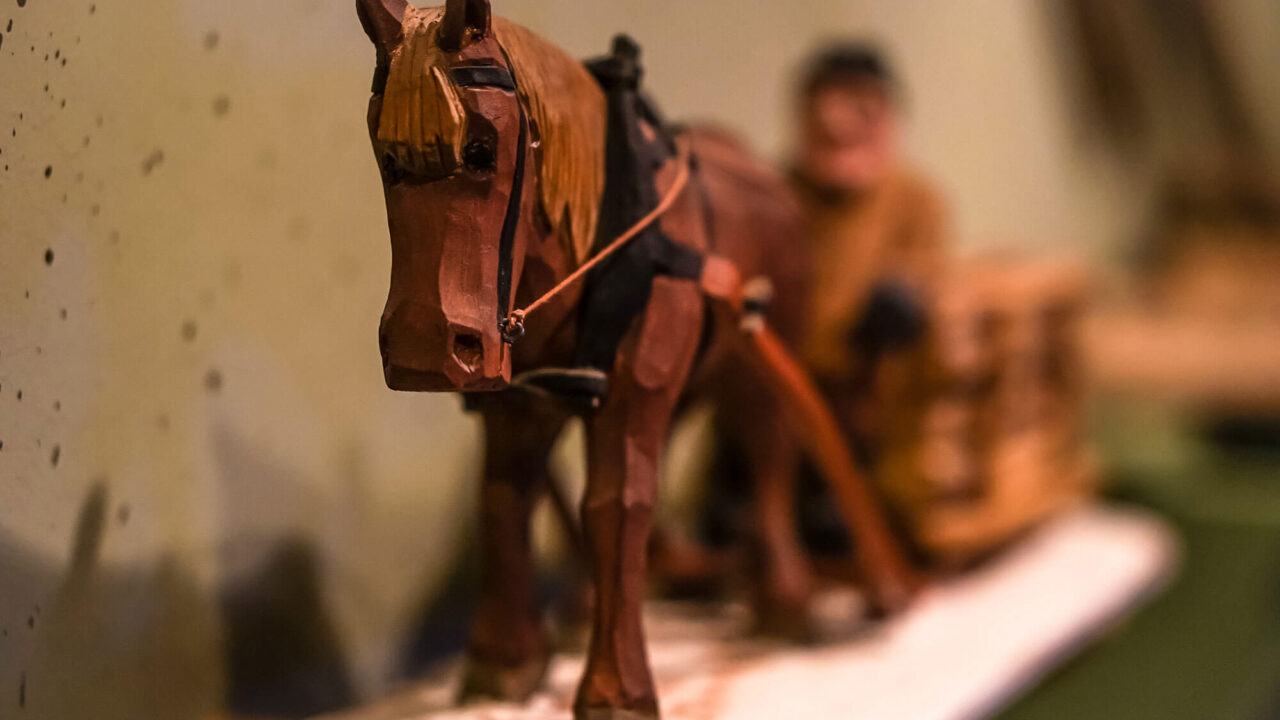In the Silvermuseet's attic, the museum's founder, Dr. Einar Wallquist, recreated some of the environments he got to know during his medical trips. Here you will find the smallholder kitchen of the 1930s, the seamstress' chamber and a schoolroom. Hunting and fishing, which have always been of great importance in the area, are highlighted here, as well as agriculture and forestry.
The establishment of settlements in Arjeplog really began in the 18th century. Before that, nomadic Sami had had unlimited freedom to use the land.
However, for both economic and defense policy reasons, the government found it important to have a settled population in the area. As early as the end of the 17th century, so-called "lappmarksplakat" were issued with provisions on the rights and obligations of those who wished to establish a new settlement in the lappland.
The settler, who was often of Sami origin, was granted a 15-year tax exemption, for example, but in addition to herding cattle, he could also be required to farm, which was often associated with great difficulties.
Hunting and fishing were the main sources of livelihood for the settler family, alongside livestock farming. They made use of what nature offered, all according to a given seasonal rhythm.
The first settlement in Arjeplog parish was built in 1720 in Kasker, a few miles south of the church village. Land was then broken in Racksund, Kurrokveik, Nurrholm and other places, all located by good fishing waters.






